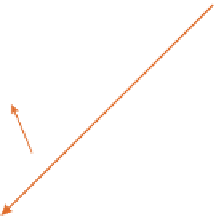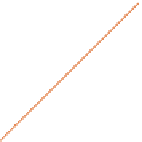Environmental Engineering Reference
In-Depth Information
A distinction is mainly made between single-axis and dual-axis tracking systems.
Single-axis tracking systems concentrate the sunlight onto an absorber pipe at the
focus, whereas dual-axis tracking systems concentrate it onto a central absorber
close to the focus. The tracking can occur either over a sensor, which catches the
optimal orientation to the sun, or through a computer that calculates the sun's
position.
Archimedes - Inventor of the Convex Mirror?
The Greek mathematician Archimedes of Syracuse, who was born in 285
BC, is considered the inventor of the convex mirror. Using convex mirrors,
Archimedes is said to have set fi re to enemy ships while his country was at war with
Rome. The truth of this legend has been hotly debated for the last 300 years, but it is
now considered to have been unlikely. It would have taken very large and very precisely
made mirrors, focusing on the ships over a very long period, to light the fi res. Even if
the legend is true, it did not do Archimedes much good. He was killed by the Romans
when they captured Syracuse in 212 BC.
Parabolic trough collectors, which concentrate sunlight onto an absorber pipe, are
normally used as line concentrators (Figure 7.2 left). If the concentrator is distrib-
uted over multiple mirrors each individually lined up in an optimal position towards
the absorber pipe, this is called a Fresnel collector (Figure 7.2 right).
Figure 7.2
Single-axis tracked refl ectors for line concentrators.
Convex mirrors are used for concentration onto a focal point (Figure 7.3 left).
Distributed mirrors that are individually adjusted towards the sun can also concen-
trate the sun's radiation onto a central absorber (Figure 7.3 right).




















































































































